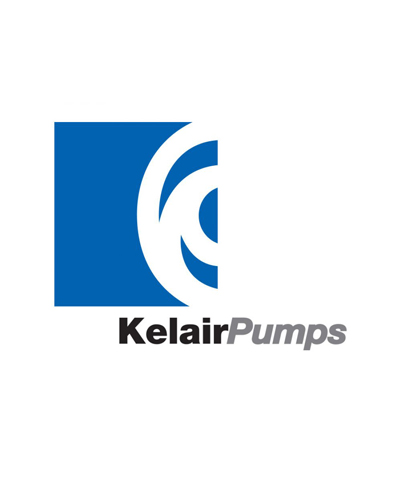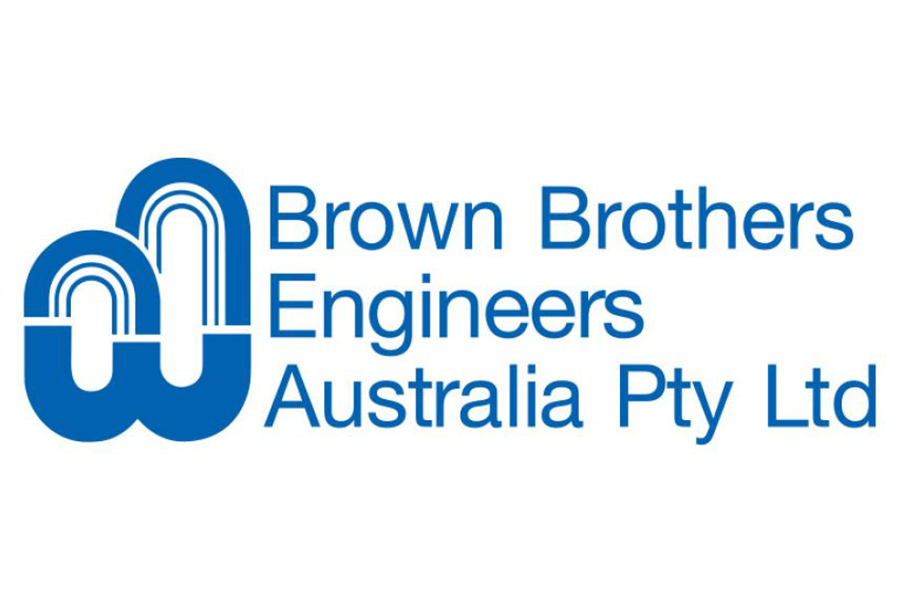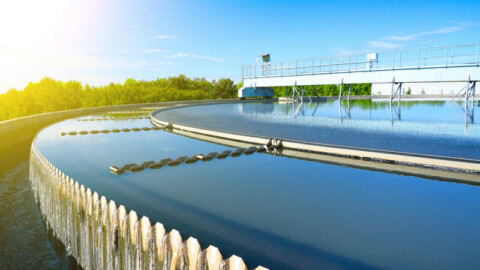By Yarra Valley Water
Yarra Valley Water covers a vast area stretching from Wallan in the north of Melbourne to Warburton in the east. The network includes more than 10,000km of sewer mains, nine sewage treatment plants and more than 100 sewage pumping stations. Investment in rapidly developing areas such as Melbourne’s Northern Growth Corridor is critical to ensure the system can cater for population growth and meet demand for essential water and sewerage services.
Bespoke pumps to improve services and support growth: Doreen to Diamond Creek Sewerage
Project Yarra Valley Water invested $332 million in water and sewerage infrastructure in 2021-22 to improve services and support growth.
Major works completed in this period include the Doreen to Diamond Creek Sewerage Project to service the Mernda, Doreen and Diamond Creek areas. Delivery partners Jaydo and MFJ constructed the $34 million project over two years.
It involved building a 10km section of sewer pipe and 17 new sewer maintenance holes under public parkland and road reserves. Major Projects Manager, Ash Hamer, said the project also included construction of a new high flow pump station which can pump a massive 420 litres every second – the equivalent of three full bathtubs a second.
“It’s one of our biggest sewer pump stations and the pressure main is the largest in our network,” Mr Hamer said. “The most important factor in the selection of the pumps for this project was their capacity to process high volumes quickly.
They had to deal with approximately 90m head and operate in a duty/assist combination to maintain 420L/s – meaning very bespoke pumps were required. “When we went to tender for the pumps, there were very few suppliers with options that could do the job.
To protect the environment from spills, the pumps were selected on the maximum possible intake the downstream sewer could accommodate. Variable Speed Drives operate between 50- 60Hz. A single pump had to be able to operate (standard dry weather flow rates) at 200-260L/s. The 250kW pumps are 2m tall and weigh about two tonnes.”
Trenchless drilling technology was used in construction to reduce excavation, protect vegetation, and minimise disruption. Special care was taken to avoid disruption to areas of cultural sensitivity.
Project design partners Jacobs salvaged almost 400 artefacts during construction and worked in partnership with Yarra Valley Water and the Wurundjeri Woi Wurrung Cultural Heritage Corporation to sensitively repatriate them at the completion of the project.
“Our approach to this project is a great example of our commitment to care for customers, the community and the environment while providing vital sewerage infrastructure where it’s needed,” Mr Hamer said.
New dosing stations and improved sewage treatment: Craigieburn to epping sewage transfer project
Other projects currently in construction include the $13 million Craigieburn to Epping Sewage Transfer Project to upgrade the sewerage network in Craigieburn, Wollert and Epping. This includes building new dosing stations at Yarra Valley Water’s Craigieburn and Aurora hubs to reduce odour and pipe corrosion, and is currently scheduled for completion in early 2023 with our delivery partner MFJ.
“As part of the project we’ve improved our Aurora and Craigieburn sewage treatment and transfer facilities to increase the sewerage system’s capacity to receive more sewage,” Mr Hamer said. “This work will ensure the reliability of the sewerage system, improve network efficiency, and reduce the likelihood of sewage spilling into the environment during heavy rain.
It will allow more flexibility in our network to accommodate for growth in the northern suburbs and enable us to produce more recycled water.” In addition to new wastewater projects to support rapidly developing suburbs, Yarra Valley Water also has an extensive Community Sewerage Program to enable customers in older outer areas to connect to the sewerage system.
This means they can get rid of their septic tank systems which can pose a risk to human health and the environment. There are about 10,000 properties on the program, to be serviced over the next 10-15 years.

Doreen to Diamond Creek Sewerage Project.
Expanding Monbulk’s sewerage system
Work was recently completed to expand the sewerage system to the town of Monbulk, about 40km east of Melbourne, in the Dandenong Ranges. Community Sewerage Program Acting Manager, Lizzie Scott, said the organisation worked closely with the Shire of Yarra Ranges to develop a new pressurised sewer network for the area.
“We have a regulatory obligation to identify and prioritise provision of sewerage systems to properties at high risk of not being able to contain their wastewater within their property boundary,” Ms Scott said.
“The project in Monbulk involved installing over 22km of reticulation pressure sewer to service approximately 900 properties. The new network complements an existing gravity sewer system that services some of the local properties and businesses within the main township.”
The Monbulk Sewage Pumping Station was built to collect sewage from both the existing gravity sewerage network and the new pressurised sewerage network and transfer it via a network of pumps and pipework for treatment away from the local area.
Flows from the pressure reticulation system and existing gravity reticulation system are collected and transferred to the Kallista network, via the new station and a 2km transfer main.
Ms Scott said that by working closely with designers Iota and Jacobs the pipework alignment was designed to avoid environmentally significant areas. Delivery partners Melbourne Pipelines, Interflow and Jaydo installed pipework using non-invasive drilling techniques to minimise environmental impacts during construction.
COVID-19 created some challenges for the project team, with extensive lead times for the pumps. Jaydo and Yarra Valley Water worked closely in the early stages of the project to finalise pump selections and ensure orders were placed at least six months in advance.

Doreen to Diamond Creek Sewerage Project.
Considerations during pump selection
Ms Scott said the above ground pumps also had to meet stringent noise requirements, due to their proximity to residents and park users. Custom-made acoustic enclosures were needed to minimise noise.
“With the unique design of this pump station, both below and above ground, we required two different types of pumps – submersible centrifugal for the below ground pump station and progressive cavity pumps for above ground,” she said.
The two submersible pumps in the underground gravity storage tank pump the sewage 10m up into the above ground tank at 21L/s. The pumps operate one at a time to give resilience to the system, with a third pump available onsite if one requires maintenance or repair.
As the pumping station is at the bottom of a steep hill, the pumps in the above ground pumping station need to pump sewage at 21L/s up to 80m above the pumping station to a site over 2km away. Both types of pumps are capable of handling solids up to 15mm in size, making them perfect for sewer applications.
Ms Scott said the installation of the precast below ground pump station was quite challenging as the local water table from the adjacent creek was approximately 2m below ground level, and the pump station extended to 7m depth. This meant there was a significant amount of groundwater, that due to environmental considerations, could not be discharged locally.
The preliminary work on the groundwater chemistry also indicated the groundwater had a high level of mineral salts. That meant that not only could it not be discharged locally, the sewage would need to be treated before it could be discharged into the sewerage system.
To tackle this issue, a storage tank and mobile water treatment plant were brought onsite to collect and treat the water before trucking it away to discharge into the sewerage system in a neighbouring town. Trucks were on standby to empty the onsite storage. The amount of groundwater that needed to be removed from the site was limited by minimising the construction time by using a precast concrete tank.
Ms Scott said the new system would make managing sewage easier and more convenient for Monbulk residents. “Customers now have the option to flush and let us take care of their wastewater. This is a great outcome for the community, local businesses and the environment,” Ms Scott said.
Engaging with the community
To encourage residents to learn more about the benefits and connect to the new system, Yarra Valley Water opened a shop in Monbulk staffed one day a week by the Community Sewerage Program team. Customers can pop in to talk to staff and learn more about the pressure sewer system and the connection process.
Ms Scott said the Monbulk project would also make a huge difference to local amenity. “There are many leaking septic tanks in the area that could be affecting local waterways,” she said. “The new system will help to prevent sewage run-off and improve Monbulk’s beautiful environment.”
Apart from the environmental benefits, connecting to the sewerage system also gives residents greater flexibility for home improvement and extension options, freeing up land previously used for wastewater treatment.
Ms Scott said the Community Sewerage Program also contributes to Yarra Valley Water’s purpose to support the health and wellbeing of customers and create a brighter future for communities and the natural environment.
Yarra Valley Water is now continuing construction work to extend the sewerage network in the Dandenong Ranges to the neighbouring towns of Kallista, The Patch and Sherbrooke. This will involve constructing a further 70km of reticulation pipes and several booster pump stations. Construction in Sassafras is expected to begin in 2023, and Olinda is currently in design.

Yarra Valley Water engaged with Monbulk residents to learn more about the benefits and connect to the new system.

















